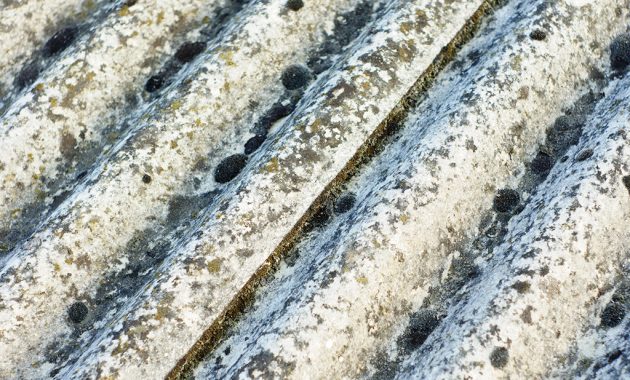You might think the use of asbestos is of fairly modern origin, but you’d be wrong. in 2500 BC, ancient Egyptians wrapped embalmed bodies in asbestos cloth to slow the process of decay. Clay pots of that era also contain asbestos, probably used to strengthen them and make them resistant to fire. Later on, in Italy, the fire brigades clothed themselves in asbestos jackets and helmets.

It was not until the late 1800s, however, when the use of asbestos became widespread, especially for construction and automotive work. It was also around that time that doctors started to sound a warning alarm.
Why Use Asbestos?
At first glance, asbestos seems like a miraculous substance. It is a group of minerals comprised of thin fibers that resist heat, fire and chemicals. They also do not conduct electricity. This makes them ideal for insulation, friction materials, certain types of flooring, clothing and many other uses.
What Went Wrong?
So, why isn’t asbestos universally and profitably used today? Because doctors discovered it caused lung problems. The first serious warning came in 1897 when an Austrian doctor blamed his patient’s lung problems on asbestos dust. Other doctors followed suit.
It quickly became clear that fibers so prized in the construction industry were being inhaled into workers lungs where they stayed and acted as irritants and carcinogens. By the early 1900s, insurance companies in the United States and in Canada had begun increasing both the benefits and the premiums of men and women who worked with asbestos.
What Types of Problems Does Asbestos Cause?
Asbestos causes many distressing—and often fatal—medical conditions. One of these conditions is called asbestosis, an inflammation of the lungs. This leads to shortness of air, coughing and scarring of lung tissue. Another problem caused by asbestos is mesothelioma, a rare cancer that primarily affects the lining of the lungs and the chest wall cavity but may also affect the lining of the abdomen.
Other lung problems caused by asbestos include a thickening of the membranes around the lungs, an accumulation of fluid between the lung and the chest wall and lung cancer.
What Are the Signs and Symptoms of Asbestos Exposure?
The symptoms of asbestos-caused disease may not appear for 10 to 40 years after the initial exposure. The most common initial symptom is unusual shortness of breath after any type of physical exertion. Other symptoms include a dry cough, which gradually becomes worse until the coughing brings up blood, chest pain, fatigue, weight loss and often death.
Asbestos Out of Favor
Between the 1930s and the 1950s, the Consumer Product Safety Commission enacted a series of bans against using asbestos as insulation. The use of asbestos in paint and patching compounds was similarly banned in the 1970s.
According to Shrader & Associates, in the United States, asbestos can still legally be used in some products including protective clothing and friction materials, but the liability of using asbestos is so high that most manufacturers will not risk its use.
Asbestos in Your Home
People who live in older houses may find that their living spaces are insulated with asbestos. Often, their first instinct is to remove it immediately, but that could be unwise. It is when the fibers of asbestos begin to come apart during mining, installation and removal that it poses the most serious health hazards.
Intact asbestos does not typically cause any serious health problems. Keep an eye on the asbestos in your home, and don’t worry as long it remains in good condition. If the asbestos is frayed or damaged, however, check with local environmental officials to decide how best to minimize the risk.